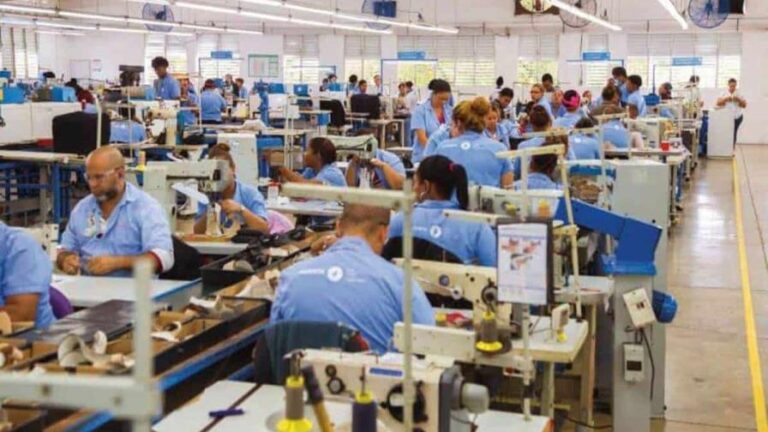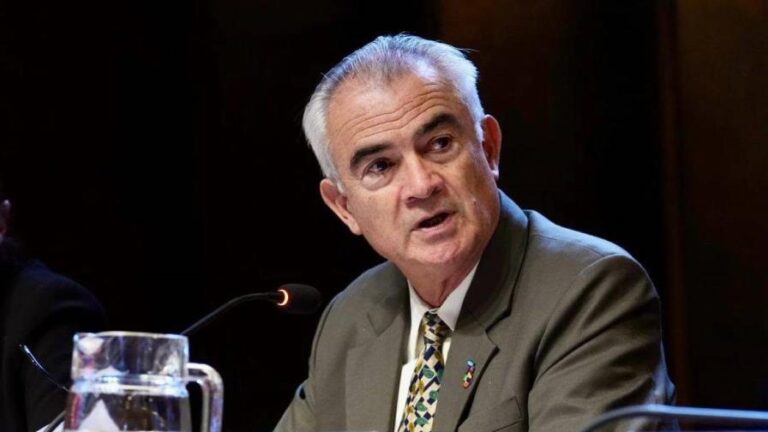The Dominican Republic continues to be a leading nation not only in terms of economic growth on a regional scale, but also continues to consolidate the interest of new foreign investments in energetic sectors including tourism, mining, conventional and non-renewable energy, transport infrastructures, free zones, financial sector, real estate and trade.
In the last ten years (2012-2022) the average flow of Foreign Direct Investment (FDI) in the Dominican Republic exceeded US$2,675.9 million.
In 2021, the foreign capital invested in the country exceeded US$3,102.10 million. This behavior shows the focus of investors in political, social and economic stability, as well as the exchange rate, high business-friendly ratings and reduced bureaucracy and paperwork in foreign trade. According to data released by ProDominicana FDI reached US$1,028 million in January-March 2022.
Together with its geographical location that places it near the US coast, these advantages have been the focal point for a country like the Dominican Republic to remain one of the largest recipients of FDI from all its peer members of the free trade agreement signed with the United States and Central America (DR-Cafta), such as Costa Rica, El Salvador, Nicaragua, Honduras and Guatemala.
Between 2016 and 2017, the Dominican Republic was the largest recipient of foreign investments by DR-Cafta members in the Central American region and the second largest recipient in Latin America and the Caribbean, second only to Panama.
Indicators observed by investors are closely related to social order, debt management, growth and competitiveness, among others. According to Datosmacro.com, the Dominican Republic’s Global Social Order Index improved in 2021 compared to 2020, rising 1.99 points and ranking 81st out of 163 countries in the world. Given its high dependence on its productive structure, the Dominican Republic has also excelled in the region for its rapid recovery, despite the high global volatility, especially with the prices of food and commodities such as oil and its derivatives. As the main focus, the Central Bank of the Dominican Republic indicates tourism in the recovery of economic growth and international organizations have valued social protection policies, which include monetary expansion programs and the achievements reached with vaccination against the Covid-19 pandemic and the health protocols applied.
The World Investment Report, published this year by the United Nations Conference on Trade and Development (UNCTAD), reveals that in 2021 foreign direct investment recovered to pre-pandemic levels, “reaching US$1.6 trillion, equivalent to 64% more than the exceptionally low level of 2020.” In the case of Latin America and the Caribbean, FDI increased by 56%, to US$134 billion, reflecting a rebound in most countries and a decline in very few economies in this region, says UNCTAD.
Dynamic
Seven dynamic sectors stand out in the region, including tourism, due to its impact on job creation; renewable energy, electromobility, digitalization, the health industry, bioeconomy, and circular economy. DR remains continues to dominate investments in tourism and energy, and is gradually entering electromobility, as part of its strategy to comply with the SDGs (Sustainable Development Goals), including the search to reduce carbon emissions and its contribution to the fight against the adverse effects of climate change.
Country risk firms also look favorably on foreign investment in this country. Moody’s Invester, Standard and Poor’s (S&P); Ficht Rating, and Global Ratings, show the stable rating in the country risk and non-investment grade rankings. The Executive Secretariat of the Central American Monetary Council (SEMLA) report publishes the stable ranking (BB-) of the firms in the second quarter of 2022.
Important measurements
Competitiveness
The Global Competitiveness Index, published by the World Economic Forum, indicates that in 2019 the Dominican Republic ranked 78th out of 141 countries. In 2018 it was in ’82.
Cafta DR Region
In 2021, there was an FDI flow of US$1,470.1 million in Nicaragua, US$3,195 million in Costa Rica, US$3,311 million in Guatemala, US$3,313 in El Salvador, US$4055.2 million in the third quarter of 2021 in Honduras, according to IMF data.
The Honduran bank projected $700 million at the end of that year.
Provenance in 2019
ECLAC data indicate that 82% of investments in Latin America came over the last decade from the United States and Europe.
Source:
Listín Diario


